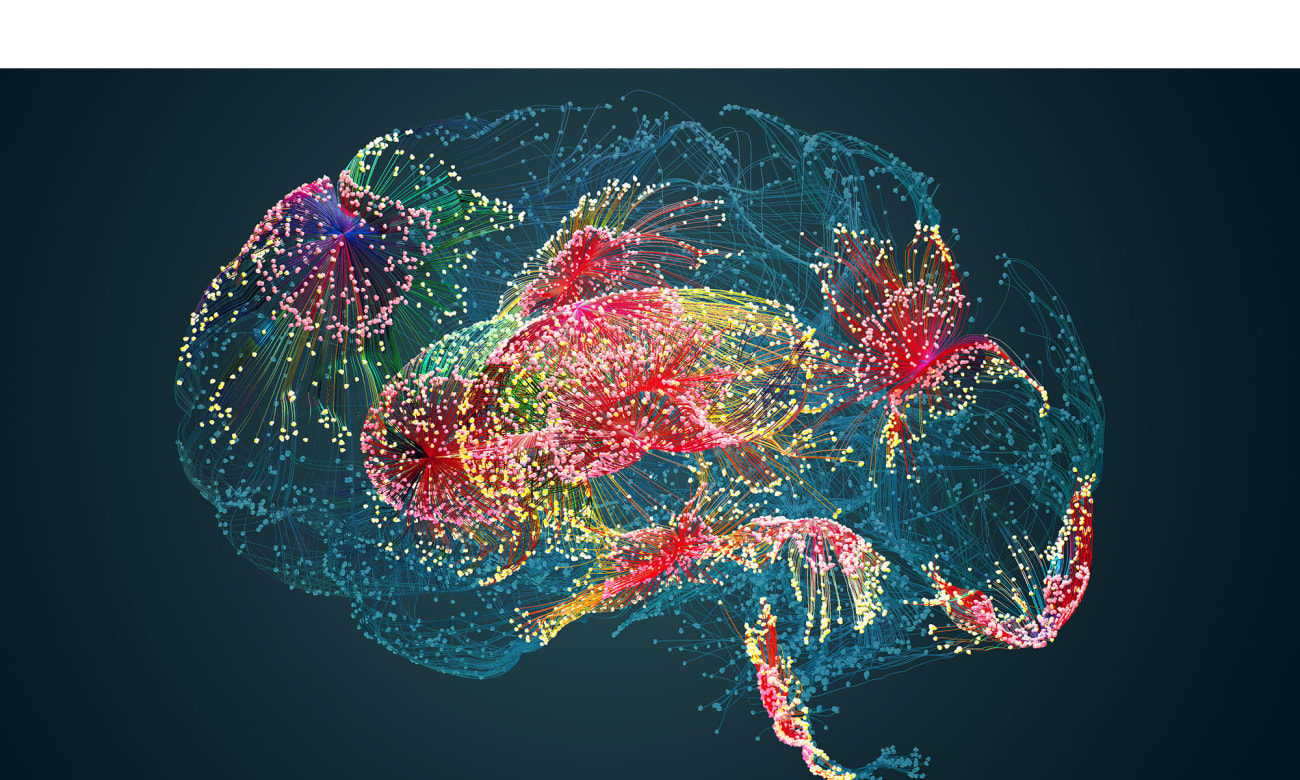
Researchers in the Johns Hopkins Department of Neurology seek to solve a long-standing problem in emergency departments (EDs) across the country: the high number of patients who experience dizziness or vertigo resulting from posterior circulation stroke and are misdiagnosed.
Neurologist David Newman-Toker, director of the Division of Neuro-Visual and Vestibular Disorders, developed in 2009 a three-part eye exam called HINTS (Head-Impulse—Nystagmus—Test-of-Skew) to detect stroke. In order to help interpret the subtle eye movements in patients with dizziness, those movements were recorded and analyzed objectively using portable video-oculography goggles (VOG). The test is excellent, says neurologist Ali Saber Tehrani, but there are several barriers to widespread use: ED technicians need specialized training to perform the test, and a neurologist or trained physician needs to be available to interpret results.
Enter the smartphone — Tehrani and his colleagues are studying whether a smartphone app can perform the same test with the same sensitivity and specificity.
“With our technology, you are using a phone, which everybody has in their pocket,” Tehrani says. “All you need to do is point and shoot, and it tells whether there’s nystagmus, if there’s skew deviation or whether the head impulse test is normal or abnormal.” The results could then help clinicians determine if a patient is experiencing stroke.
The HINTS eye examination has 99% sensitivity and 97% specificity for detecting stroke compared with standard measurements, and the VOG goggles have been shown to accurately and objectively measure these eye movements. The team has recently studied how the smartphone app compares with those standard measurements. Their findings, published December 2022 in the Journal of Vision, indicate that the accuracy of head recordings (16% error compared with standard measurements) was overall better than the accuracy of eye recordings (28% error). The team also found that the accuracy for horizontal eye movements (26% error) was better than for vertical (30% error). Precision was also better for head movement (0.9 degrees) recordings than eye movement recordings (1.5 degrees), and variability tended to increase with eccentricity.
The team also demonstrated that the nystagmus velocity recordings taken by the smartphone app highly correlated with the VOG recordings when nystagmus was induced in healthy volunteers, according to their January 2024 publication in the Journal of the American Heart Association.
“Our results provide basic metrics demonstrating the utility of our application in quantitative assessment of head and eye movements,” the report states. “It may be advisable to include a calibration recording together with any planned recording to improve the accuracy.”
Tehrani’s hope is that front-line clinicians will eventually be able to look at the app’s HINTS test results and determine whether a patient is having a stroke.
“The clinical piece has already been shown that if you correctly measure eye movement, we can detect posterior circulation stroke with 99% sensitivity and 97% specificity,” Tehrani says. “Now we are trying to show that with the app, we can detect stroke just as accurately.”
The recent study, made possible by a $2.5 million grant from the American Heart Association, has so far enrolled 103 patients, including patients from the neurovestibular clinic experiencing dizziness, patients from the stroke unit, patients from the strabismus clinic who have abnormal eye alignment, and patients in the ED. Tehrani says Johns Hopkins may be one of the only institutions conducting this kind of research.
The team is also working on a study to see if patients with amyotrophic lateral sclerosis (ALS) and their caretakers can use the app after watching a short instructional video. The hope is that clinicians could use eye movements as a biomarker of disease progression in ALS. The study abstract was presented at the American Neurological Association annual meeting in September 2023 and won the travel award and the best poster presentation award. It is supported by a $1.5 million grant from the U.S. Department of Defense.
About 5 million people go to the emergency room each year for dizziness, and vestibular strokes account for more than 250,000 of those visits. Those suffering from posterior circulation strokes are misdiagnosed 40% of the time, and of those patients, many likely suffer permanent harm due to incorrect diagnosis.
According to Newman-Toker, 9 billion in health care dollars annually goes toward evaluating and diagnosing patients with stroke in the ED, and about $1 billion of that is wasted on unnecessary CT scans and hospital admissions for patients with benign inner ear conditions. Roughly 50% of patients who come to the ED for dizziness receive such scans, Tehrani says, but that test’s sensitivity for detecting a posterior circulation stroke within the first 24 hours is only 16%.
The VOG goggles are standard of care in The Johns Hopkins Hospital’s emergency department for patients presenting with dizziness or vertigo. Through the “Tele-Dizzy” service, patients wear the goggles while a technician administers eye movement tests, and the results are interpreted remotely by a neurologist.
Tehrani hopes the smartphone app can provide another way to help these patients and clinicians.
“Just like the VOG test,” says Tehrani, “this smartphone app has the potential to help solve the problem of overuse of unwarranted diagnostic testing.”
To refer a patient, please call 443-287-4610.



